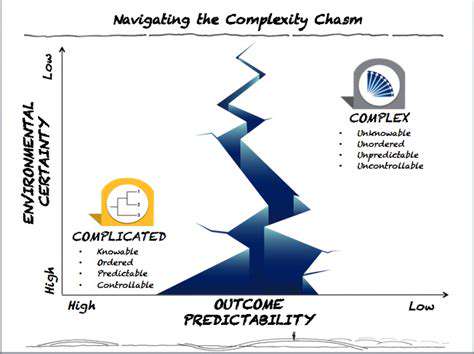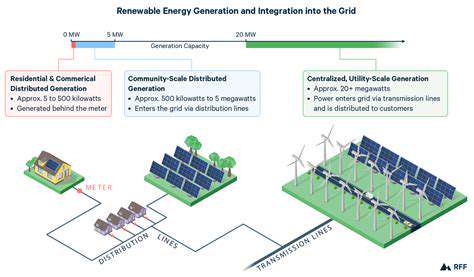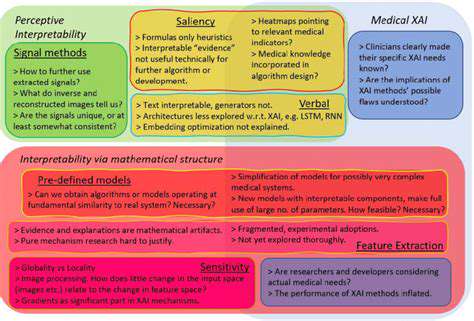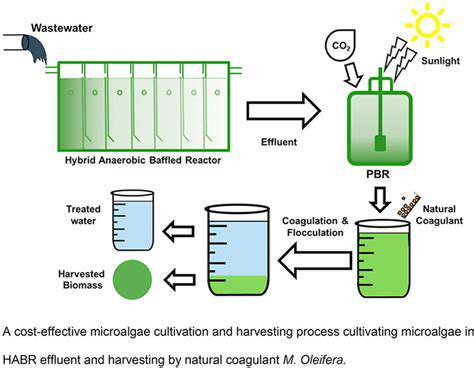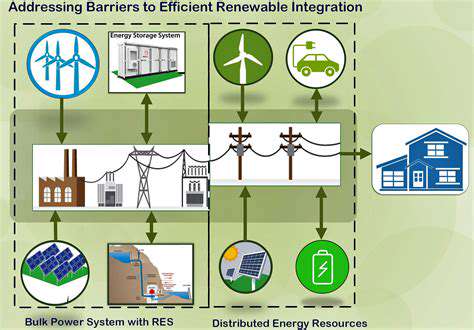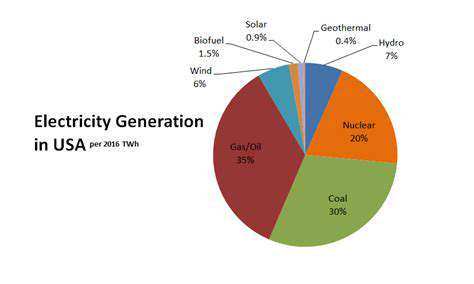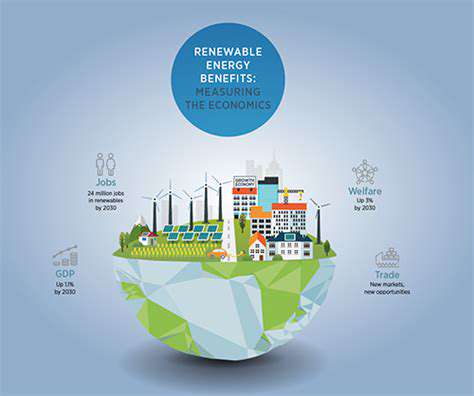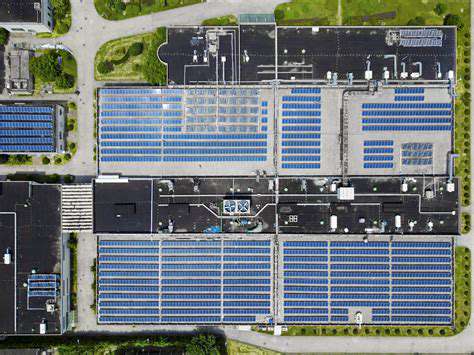Residential Energy Storage Systems
Installation considerations have evolved significantly. Today's systems emphasize modular designs that allow for incremental capacity expansion. Safety features like thermal runaway prevention and arc-fault detection have become standard, addressing early concerns about residential battery safety. Maintenance requirements have decreased dramatically, with many systems now requiring only annual professional inspections.
Flow Batteries and Other Technologies
Vanadium redox flow batteries represent an intriguing alternative for homeowners seeking ultra-long cycle life. Unlike conventional batteries, these systems store energy in liquid electrolytes contained in separate tanks, allowing for virtually unlimited cycling without degradation. While currently commanding premium pricing, their 20+ year lifespan with minimal capacity loss makes them compelling for long-term installations.
Emerging thermal storage solutions leverage phase-change materials to store energy as heat or cold. These systems show particular promise for climate control applications, where they can shift HVAC loads to off-peak hours. Experimental gravity storage systems using small-scale weights in residential settings are also being tested, though these remain niche solutions currently.
The storage landscape continues to diversify, with each technology finding its optimal application. Lithium-ion dominates for daily cycling, flow batteries excel in long-duration applications, and thermal storage shows promise for specific use cases. This variety empowers homeowners to match systems precisely to their usage patterns and sustainability goals.
Integrating Energy Storage with Solar Panels
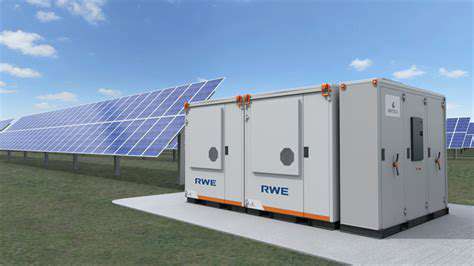
Integrating Energy Storage Systems into the Grid
Grid integration of residential storage presents both challenges and opportunities for utilities. Advanced inverters now enable two-way power flows that actually improve grid stability when properly managed. These smart inverters can provide voltage support, frequency regulation, and other grid services that were traditionally the domain of large power plants.
The emergence of virtual power plants (VPPs) demonstrates this potential. By aggregating hundreds or thousands of residential systems, utilities can create dispatchable capacity that responds to grid needs within seconds. Several pilot programs have shown these distributed resources can provide grid services more responsively than traditional peaker plants, while compensating participants for their contribution.
Technological Advancements and Innovation
The storage industry is experiencing rapid innovation across multiple fronts. Solid-state battery prototypes promise energy densities exceeding 500Wh/kg while eliminating flammable electrolytes. Simultaneously, AI-driven energy management systems can now predict household usage patterns with 90%+ accuracy, optimizing storage dispatch for both savings and grid support.
These advancements converge in next-generation hybrid systems that seamlessly integrate solar, storage, EV charging, and home energy management. Such systems automatically prioritize energy use based on real-time pricing, weather forecasts, and household routines - often achieving 30-40% greater utilization of renewable generation than conventional setups.
Economic Considerations and Incentives
The financial case for storage continues to strengthen as markets evolve. Time-of-use rate structures in many regions now create arbitrage opportunities that can pay back storage investments in 5-7 years. Some utilities offer additional compensation for participating in demand response programs, further improving economics.
Innovative financing models are removing upfront cost barriers. Storage-as-a-service arrangements, community solar+storage programs, and property-assessed clean energy (PACE) financing all make systems accessible to homeowners who couldn't previously justify the capital outlay. These models often include performance guarantees that reduce consumer risk.
Environmental Impact and Sustainability
The sustainability equation for home energy systems has become increasingly nuanced. While lithium mining raises valid concerns, new extraction methods reduce water usage by 50% compared to conventional techniques. Recycling infrastructure is scaling rapidly, with several companies now achieving 95%+ material recovery rates for lithium-ion batteries.
Lifecycle analyses show that solar-plus-storage systems typically offset their embodied carbon within 2-3 years of operation. When paired with responsible end-of-life management, these systems represent one of the most effective decarbonization tools available to homeowners today. The next frontier involves integrating storage with other sustainable home systems like heat pumps and smart water heating for maximum efficiency.
